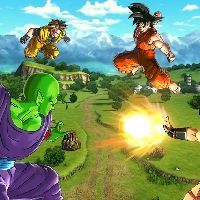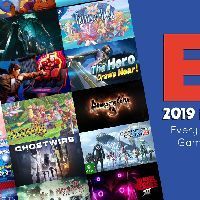When video game developer Type-Moon released their erotic, action packed visual novel, Fate/stay night in 2004, it’s doubtful they imagined that it would become so phenomenally successful. Thirteen years later in 2017, the latest installment in the franchise,Fate/Grand Order will be bringing its online RPG gameplay to Android and iOS users in the United States. The game has already found a great deal of success in Japan since its debut in 2015 and its future stateside could be just as successful in its own right.
Considering the game’s pending release, now’s the perfect time to take a look back at the multi-media franchise that is Fate/stay night, and specifically the games that not only started everything, but have also brought the series to where it is now.
2004 – Fate/stay night
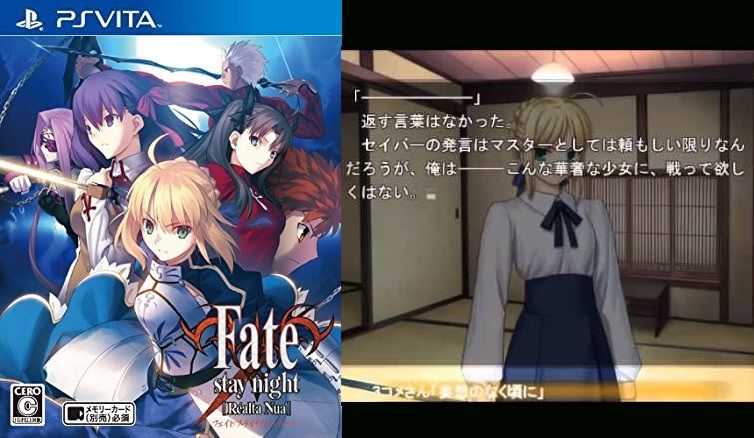
The visual novel that began the Fate franchise received two distinctly different releases, the original PC eroge (erotic game) version, and a toned down PlayStation 2 version titled Fate/stay night: Réalta Nua in 2007. Réalta Nua, having been released following the anime adaptation of the game, incorporated the use of voice actors and omitted the sex scenes of the original game, making it much more suitable for fans of the anime. Both versions have the same three story lines contained within: “Fate,” “Unlimited Blade Works,” and “Heaven’s Feel.” Different choices made during the course of the story will push the player along these various routes, adding replay value and additional character development to the game. As of 2017, it has not received an official English translation.
2005 – Fate/hollow ataraxia
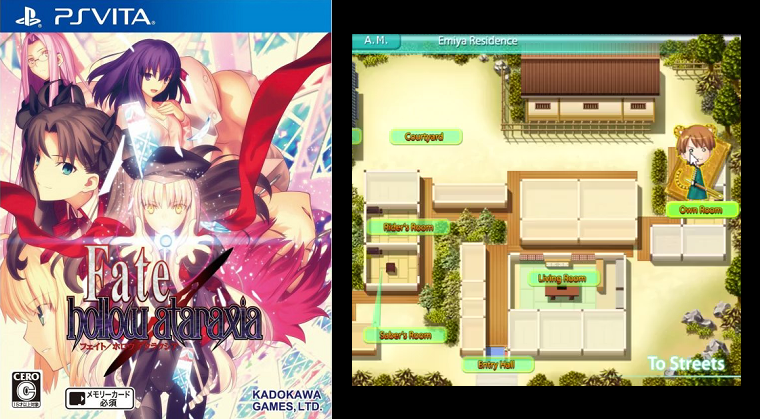
Taking place six months after the events of the first game, Fate/hollow ataraxia holds a unique place in series continuity. Instead of following up on the end of one of the previous game’s three routes, it instead takes place in a seeming amalgamation of all the stories. Unlike its predecessor, there are no distinct story paths in this game, just the main narrative that also brings in some new characters to interact with the returning cast. It too received a fully voice acted re-release, but not until 2014 on the PlayStation Vita, 9 years after its PC debut. It also has yet to receive an official English version.
2007 – 2008 Fate/tiger colosseum & Fate/tiger colosseum Upper
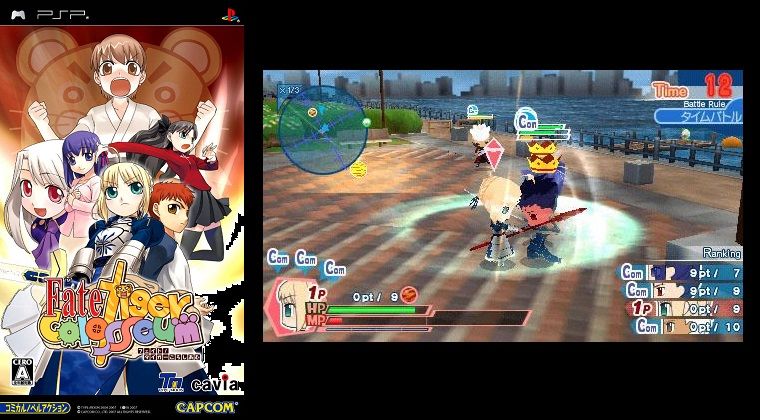
The first game in the series to deviate from the visual novel format, Fate/tiger colosseum is a one-on-one, 3D fighting game, containing almost all the cast of the previous two titles. The art direction is markedly different though, completely eschewing realism and instead adopting a more "chibi" like style. It was released in 2007 for the PSP, only in Japan, and received a sequel called, Fate/tiger colosseum Upper in 2008, also for the PSP and also exclusively in Japan. Hardcore gaming industry fans might be interested to know that though the game was published by Capcom, it was actually co-developed by Type-Moon and the now defunct company, Cavia; a group better known for the Drakengard and Nier games.
2008 – Fate/unlimited codes

Another fighting game spin-off, Fate/unlimited codes uses a more traditional art style, with character models actually based off the visual novels. Though its roster of characters is smaller than that of the tiger colosseum games, both the tone and the combat system in unlimited codes is far more serious in nature. It was originally released for the Japanese arcades in 2008 but was ported to the PlayStation 2 later that year. More noteworthy is the 2009 PSP edition, which featured four additional characters over the arcade version, and an English translation. That’s right, Fate/unlimited codes actually received a North American and European release as a downloadable title on the PlayStation Network. However, issues with licensing rights forced Capcom to remove the game from the PSN, making the game currently unavailable for purchase.
2010 – 2013 Fate/Extra & Fate/Extra CCC
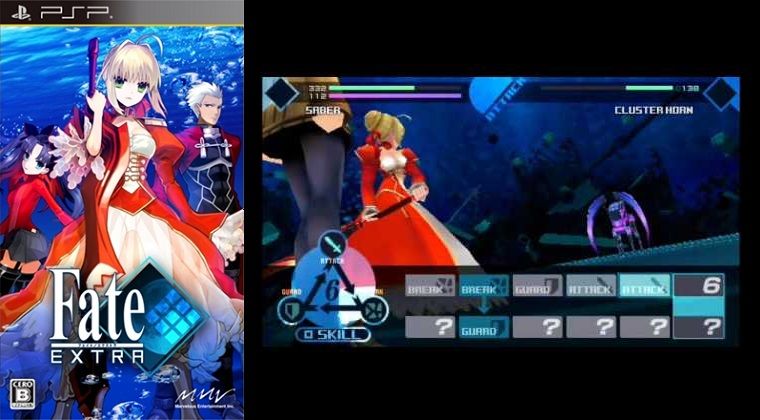
Fate/Extra was a big number of firsts for the games in the Fate franchise. It was the first title tied to the RPG genre, the first to receive an official physical international release, and the first to have a story take place in an entirely different universe to the original visual novels. The overarching plot to the Fate games has revolved around a battle between various masters and servants for control over the magical, wish granting, Grail. Normally this takes place in the real world, but in Fate/Extra, cyberspace is the battleground for the Grail War. The consequences and fatalities of the war are no less real however, with players who lose in game, meeting their real life death. Fate/Extra was followed up with the Japan only release, Fate/Extra CCC which didn’t really continue the story of its predecessor so much as it provided an alternate route through the story with a number of gameplay refinements and more risqué humor.
2015 – Fate/Grand Order
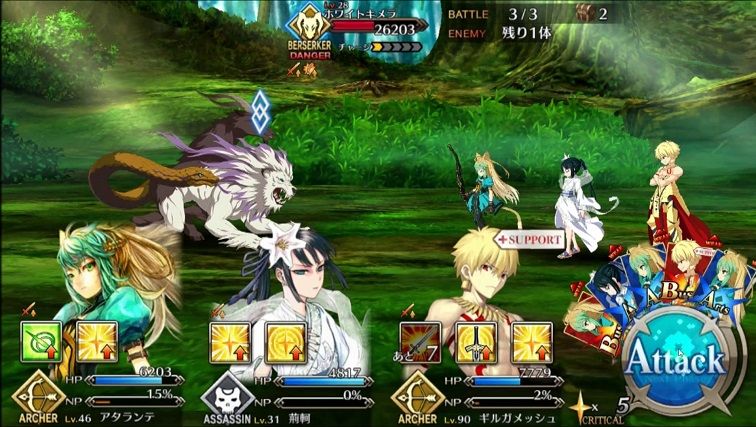
Continuing in the trend of embracing the RPG genre, Fate/Grand Order is a turn-based, online RPG that originally released for mobile devices in Japan in 2015. Once again forming its own universe, separate from the continuity of the previous entries, Grand Order has its players going back in time through different timelines to eliminate space-time anomalies that threaten to bring humanity to extinction. Since its debut, its popularity has proved strong enough for it to receive supplemental storylines at the beginning of 2017, and as recent as April 2017, even had a Pokemon Go inspired update to celebrate April Fool’s Day. Fate/Grand Order will be receiving a North American release sometime in mid to late 2017.
2016- Fate/Extella: The Umbral Star
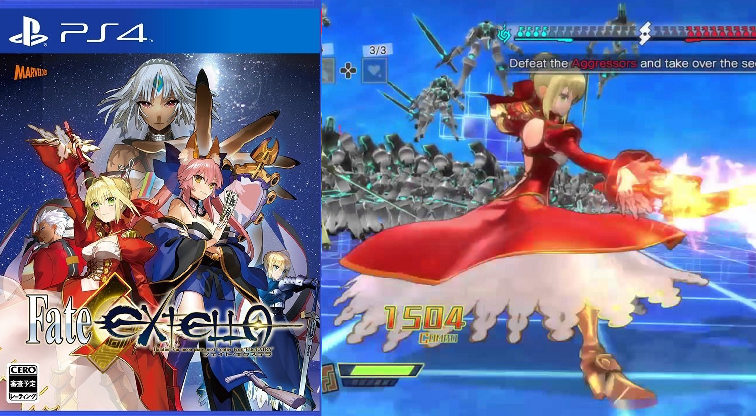
As of this writing, the most recently released entry in the Fate series, Fate/Extella: The Umbral Star is a direct sequel to Fate/Extra in terms of its story, but is completely different in terms of its gameplay. Extella is a Dynasty Warriors or “musou” type title, with its predominant gameplay mechanic being you the player, controlling a character that hacks and slashes through hundreds of enemies on an open battlefield. Perhaps owing to the increased popularity of the series, Fate/Extella features the shortest time period between the Japanese and English releases of a game in the franchise, with its US release coming only two months after its Japanese debut.
Thirteen years and nine games later, the Fate franchise is still going strong, if not stronger than ever. Many of the main titles in the line-up of games have spin off films and anime series already, with future titles planned for Fate/Extra and the “Heaven’s Feel” path from the original Fate/stay night. At this rate, that war for the Grail isn’t going to be ending any time soon.
